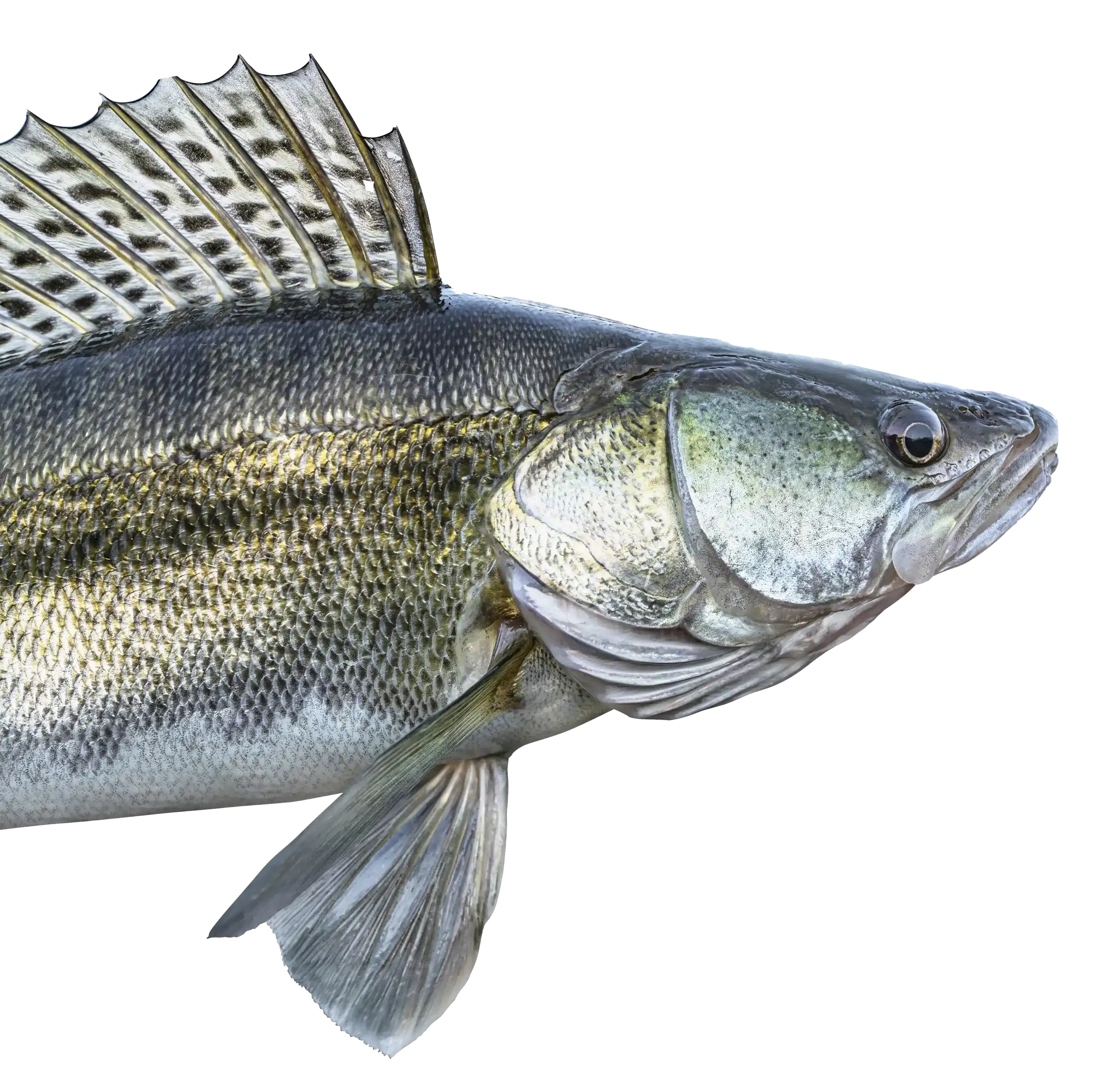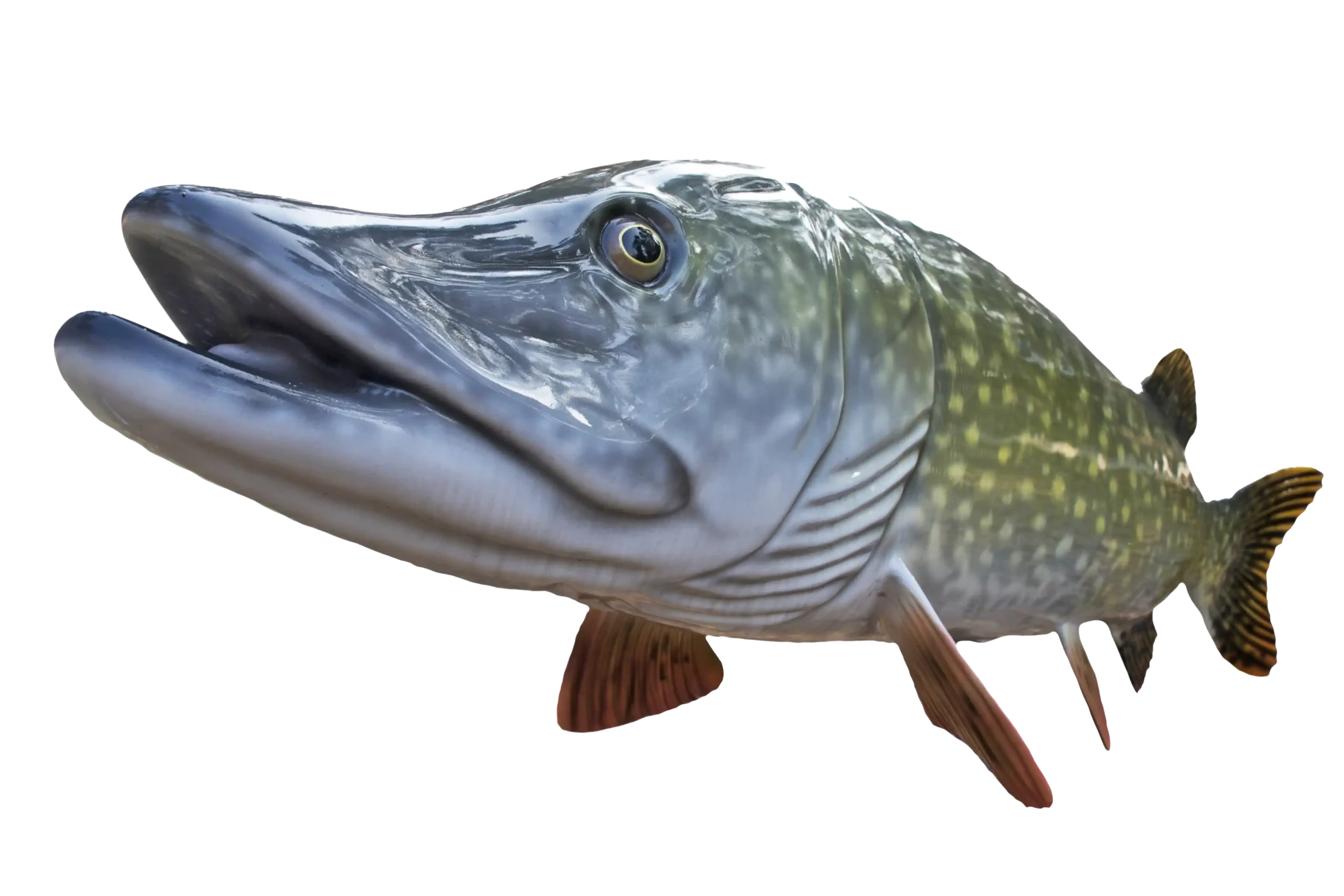

MTT. Minnesota Tournament Trail
NWT. National Walleye Tour
AIM. Angler’s Insight Marketing
Chili Bowl, Border View Lodge
Arnesen’s, Summer Tournament
River Bend Resort, Ladies tournament
Zippel Bay Resort, Northern Pike Tournament
AND MORE!
On the South Shore… It was another great week of fishing on Lake of the Woods! The bite remained strong throughout the area.
Walleyes are active and transitioning in how they’re feeding and where they’re holding. The jig bite is still producing in many areas, with anglers anchoring or using spot-lock in areas with roaming schools of walleyes. A 3/8 to 1/2 oz jig tipped with a frozen emerald shiner continues to be a top performer. Classic Lake of the Woods colors—gold, orange, chartreuse, pink, and glow white, or a combination of these colors—are producing well. Some anglers are beginning to use leeches on jigs with success, especially as water temps rise.
In addition to jigging, pulling spinners is becoming more effective. Many anglers are using crawlers on their spinner rigs, while others are experimenting with minnows for added variety. Hammered gold blades combined with pink, glow red, orange, or white remain great color options. This time of year, versatility can make all the difference.
Trolling crankbaits over deep mud is also gaining momentum as water temperatures climb. Cranks allow anglers to cover water efficiently and locate scattered fish. In addition to walleyes, this technique often produces bonus species like pike, smallmouth bass, and jumbo perch.
Productive depths have ranged, but deeper mud and rocks in 25 – 35 feet have yielded strong results.
For anglers who enjoy using forward facing sonar, the deep mud shines for scoping fish. Tournament tip, keep an eye out for those monster walleyes just below the surface!
On the Rainy River… The Rainy River is still producing some nice walleyes. As water temperatures rise and the current remains steady, a 1/2 oz jig tipped with a frozen emerald shiner is still effective, particularly when vertically jigged in deeper holes and along channel edges.
Looking to explore? Pulling spinners with crawlers or trolling crankbaits is a great way to cover ground and locate active fish. Troll along shorelines, weed edges and through various holes in the river.

With the strong sturgeon population, some groups are making plans to spend a few days relaxing while soaking some crawlers for the largest fish in Lake of the Woods, lake sturgeon. Sturgeon fishing reopens July 1st. From July 1 through September 30, anglers with a valid sturgeon tag can harvest one fish per year between 45–50 inches or over 75 inches.
Up at the Northwest Angle… Fishing remains excellent at the Northwest Angle. Walleyes are being caught in 12 to 24 feet of water near shoreline structure, underwater points, and shallow reefs. The jig and minnow bite continues to be hot in traditional walleye areas such as points, neckdown areas and sunken islands.
Trolling crankbaits along shoreline structure such as points, rubble areas or weed edges will produce a mixed bag of walleyes, jumbo perch, pike, and smallmouth bass. If you aren’t finding a big school of fish, covering water will normally produce. When you start catching, go back and forth in that area.
The muskie opener for both Minnesota and Ontario’s Zone 5 is Saturday, Lake of the Woods is known as one of the best muskie fisheries on the planet!
Plan Your Trip… Lake of the Woods continues to shine as a premier walleye destination. Whether you’re jigging, pulling spinners, trolling crankbaits, or casting for a mixed bag, the lake is healthy and full of opportunity.
Bring your own boat or take advantage of the many full-service resorts offering charter boats and expert guides. For everything you need to plan your fishing adventure, visit LakeoftheWoodsMN.com.


Lake of the Woods
We firmly believe that the internet should be available and accessible to anyone, and are committed to providing a website that is accessible to the widest possible audience, regardless of circumstance and ability.
To fulfill this, we aim to adhere as strictly as possible to the World Wide Web Consortium’s (W3C) Web Content Accessibility Guidelines 2.1 (WCAG 2.1) at the AA level. These guidelines explain how to make web content accessible to people with a wide array of disabilities. Complying with those guidelines helps us ensure that the website is accessible to all people: blind people, people with motor impairments, visual impairment, cognitive disabilities, and more.
This website utilizes various technologies that are meant to make it as accessible as possible at all times. We utilize an accessibility interface that allows persons with specific disabilities to adjust the website’s UI (user interface) and design it to their personal needs.
Additionally, the website utilizes an AI-based application that runs in the background and optimizes its accessibility level constantly. This application remediates the website’s HTML, adapts Its functionality and behavior for screen-readers used by the blind users, and for keyboard functions used by individuals with motor impairments.
If you’ve found a malfunction or have ideas for improvement, we’ll be happy to hear from you. You can reach out to the website’s operators by using the following email
Our website implements the ARIA attributes (Accessible Rich Internet Applications) technique, alongside various different behavioral changes, to ensure blind users visiting with screen-readers are able to read, comprehend, and enjoy the website’s functions. As soon as a user with a screen-reader enters your site, they immediately receive a prompt to enter the Screen-Reader Profile so they can browse and operate your site effectively. Here’s how our website covers some of the most important screen-reader requirements, alongside console screenshots of code examples:
Screen-reader optimization: we run a background process that learns the website’s components from top to bottom, to ensure ongoing compliance even when updating the website. In this process, we provide screen-readers with meaningful data using the ARIA set of attributes. For example, we provide accurate form labels; descriptions for actionable icons (social media icons, search icons, cart icons, etc.); validation guidance for form inputs; element roles such as buttons, menus, modal dialogues (popups), and others. Additionally, the background process scans all the website’s images and provides an accurate and meaningful image-object-recognition-based description as an ALT (alternate text) tag for images that are not described. It will also extract texts that are embedded within the image, using an OCR (optical character recognition) technology. To turn on screen-reader adjustments at any time, users need only to press the Alt+1 keyboard combination. Screen-reader users also get automatic announcements to turn the Screen-reader mode on as soon as they enter the website.
These adjustments are compatible with all popular screen readers, including JAWS and NVDA.
Keyboard navigation optimization: The background process also adjusts the website’s HTML, and adds various behaviors using JavaScript code to make the website operable by the keyboard. This includes the ability to navigate the website using the Tab and Shift+Tab keys, operate dropdowns with the arrow keys, close them with Esc, trigger buttons and links using the Enter key, navigate between radio and checkbox elements using the arrow keys, and fill them in with the Spacebar or Enter key.Additionally, keyboard users will find quick-navigation and content-skip menus, available at any time by clicking Alt+1, or as the first elements of the site while navigating with the keyboard. The background process also handles triggered popups by moving the keyboard focus towards them as soon as they appear, and not allow the focus drift outside it.
Users can also use shortcuts such as “M” (menus), “H” (headings), “F” (forms), “B” (buttons), and “G” (graphics) to jump to specific elements.
We aim to support the widest array of browsers and assistive technologies as possible, so our users can choose the best fitting tools for them, with as few limitations as possible. Therefore, we have worked very hard to be able to support all major systems that comprise over 95% of the user market share including Google Chrome, Mozilla Firefox, Apple Safari, Opera and Microsoft Edge, JAWS and NVDA (screen readers).
Despite our very best efforts to allow anybody to adjust the website to their needs. There may still be pages or sections that are not fully accessible, are in the process of becoming accessible, or are lacking an adequate technological solution to make them accessible. Still, we are continually improving our accessibility, adding, updating and improving its options and features, and developing and adopting new technologies. All this is meant to reach the optimal level of accessibility, following technological advancements. For any assistance, please reach out to